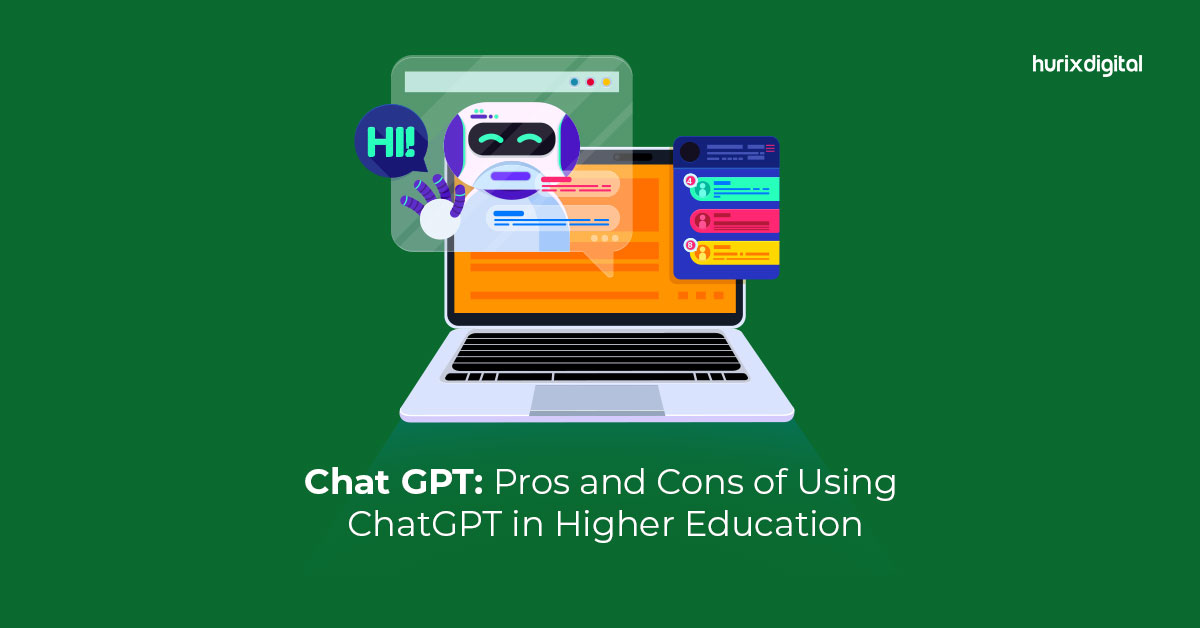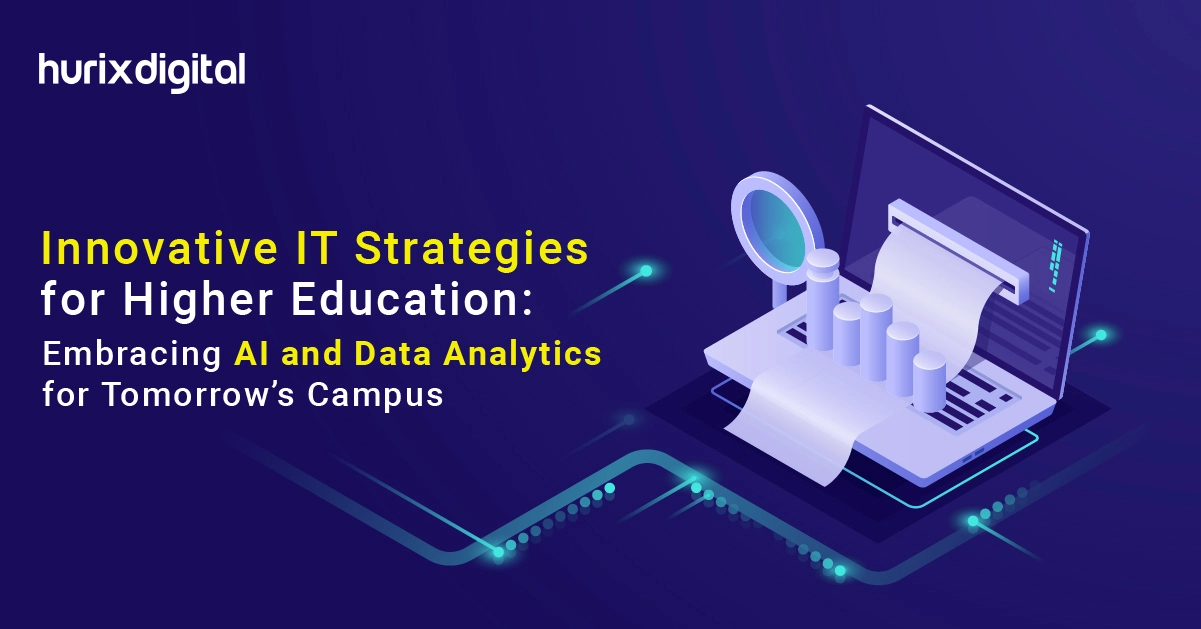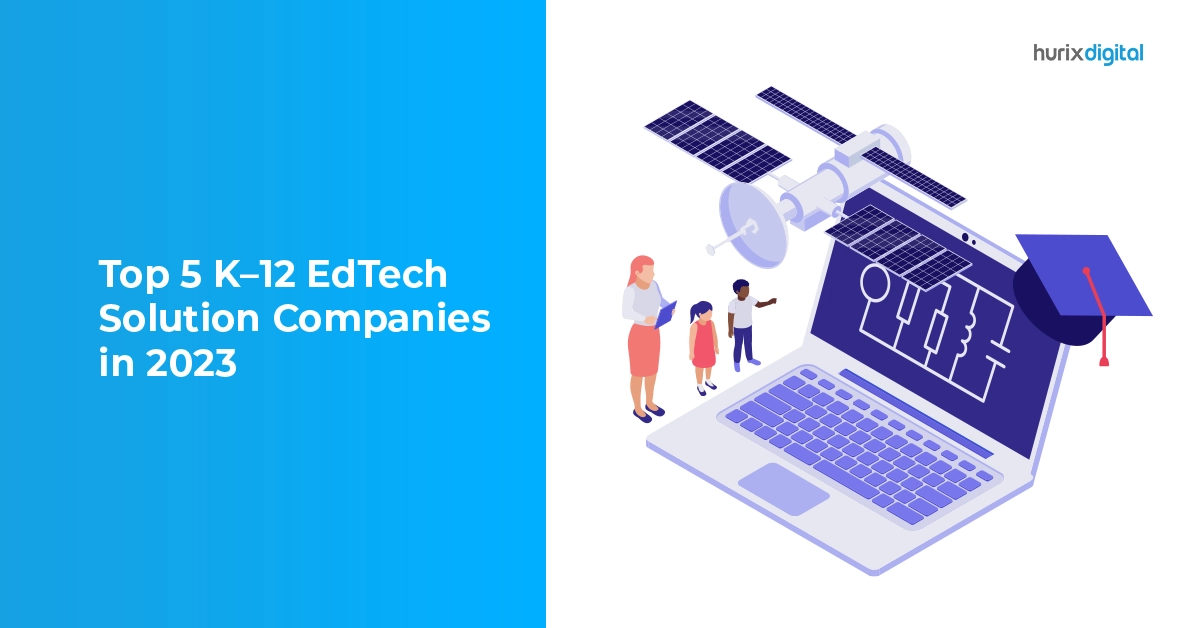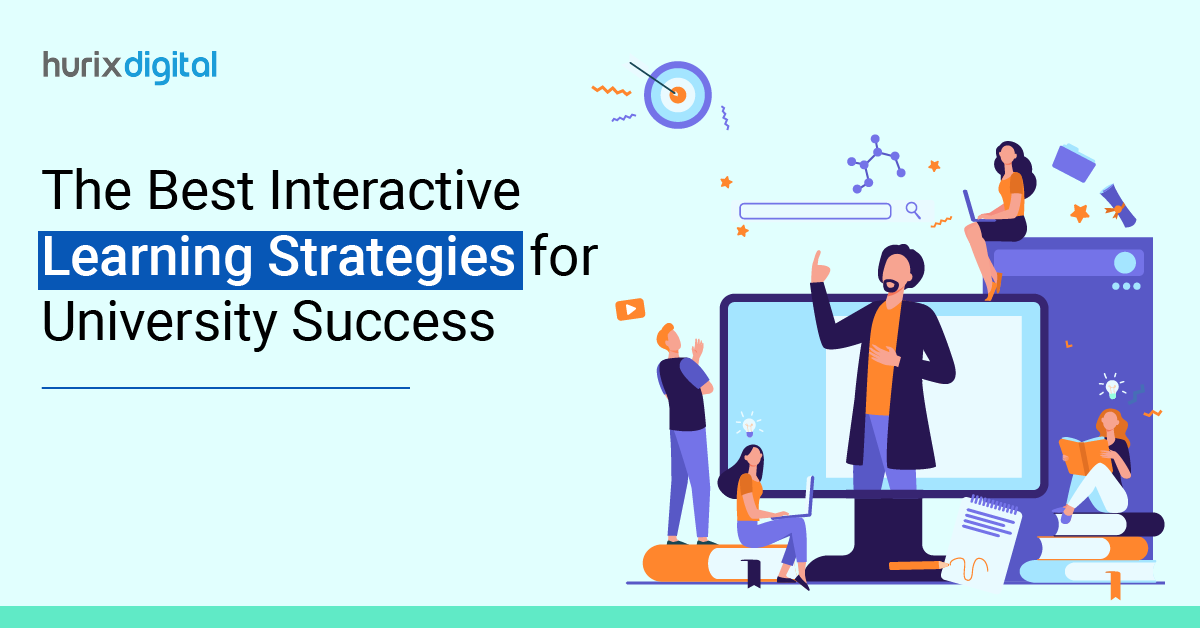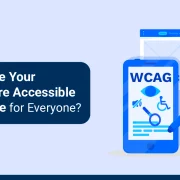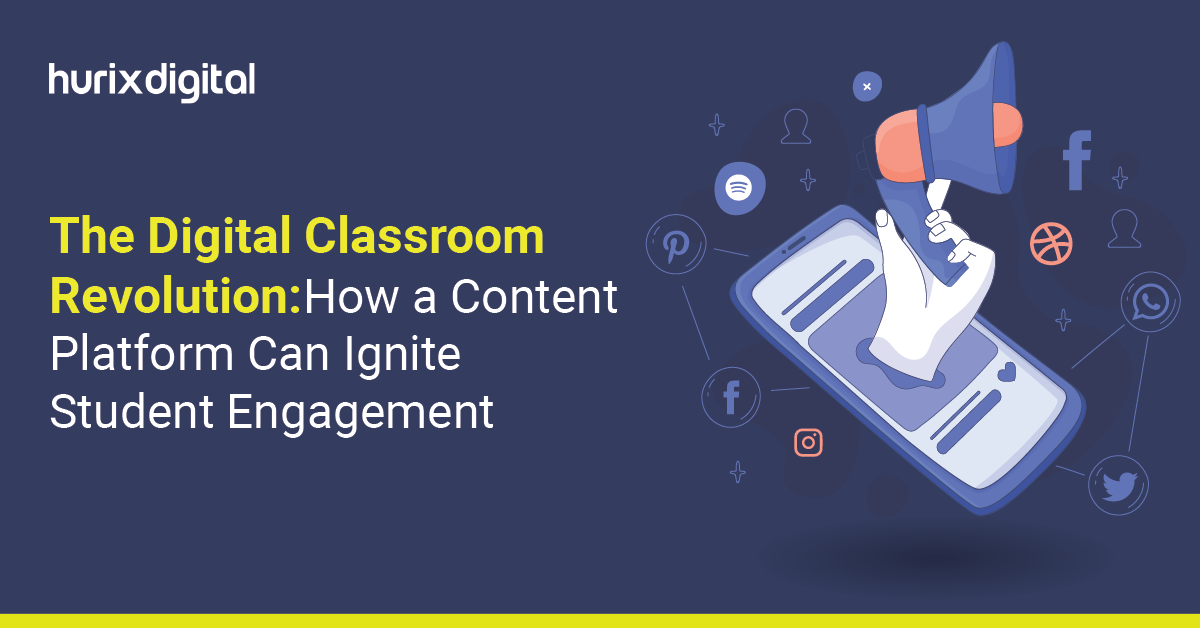
The Digital Classroom Revolution: How a Content Platform Can Ignite Student Engagement
Summary
This blog explores how digital platforms with collaborative learning enhance student engagement and outcomes, covering personalized learning, gamification, and platform selection for higher education transformation.
With students continually being bombarded with information and entertainment, the primary challenge is to catch and hold their attention for meaningful learning. According to a recent Frontiers survey, 72% of students say lack of interest is the major impediment to academic success, and this affects their online learning process.
Traditional teaching methodologies, typically involving static textbooks and lecturers, can hardly compete with the changing needs and tastes of modern learners. That is why university students are increasingly shifting to digital content platforms with active and collaborative learning opportunities that help engage students better.
Such digital content platforms create a dynamic interactive environment that can attract and understand learners and produce better learning outcomes for them.
Table of Contents:
- The Evolving Landscape of Higher Education: Beyond Shrinking Attention Spans
- Digital Content Platforms: Redefining Education
- Boosting Student Engagement with Powerful Features
- Choosing the Right Digital Content Platform
- Wrapping Up
The Evolving Landscape of Higher Education: Beyond Shrinking Attention Spans
While the attention span of today’s digital users poses a real challenge, the change in the landscape of higher education is a bit more complex. In fact, there are many reasons why universities are undergoing multifaceted transformations. Let us look at some of them here:
- Demographic Shifts: In some areas, the traditional college-age population is declining, so universities must evolve their marketing and recruitment approach to attract even more diverse students.
- Career-Oriented Learning: Students desire to learn with an orientation to their future careers; therefore, universities must prove that this translates to skills in life and opportunities at work.
- Rise in Online Learning: Online learning platforms and alternate credential programs are growing worldwide and replacing the traditional education delivery models offered by universities. This is because 69% of students wish to learn online rather than in a classroom.
- The Evolving Needs of Employers: Employers are demanding graduates who stand out in critical thinking skills, communication, and the ability to collaborate. The demands of the job market vary, and universities need to change their curricula based on the needs of graduating students.
- Gamification: Students now want an interactive platform that engages them with fun badges, leaderboards, levels to complete, and other small incentives that motivate them to learn with a higher focus.
Also Read: How Data Analytics Companies Revolutionizing EdTech?
Digital Content Platforms: Redefining Education
With the speed of trends changing in learning, teaching, and the modern workforce, higher education institutions have responded with new models of teaching and learning.
These comprise digital content platforms that bring exciting, engaging, interactive, and personalized learning experiences, hold the attention of digitally savvy students, and meet the needs of the modern workplace.
What is a Digital Content Platform? (Distinguishing from LMS & CMS)?
A digital content platform goes beyond the functionalities of a learning management system (LMS) or a content management system (CMS). Here is what these two platforms are for a clear idea about how the two are different from digital platforms:
- LMS: An LMS primarily focuses on course delivery, assessments, and administrative tasks.
- CMS: A CMS excels at managing and organizing digital content but often lacks the interactive features needed for engaging learning experiences.
Benefits of a Digital Content Platform
A digital content platform offers a complete range of features suitable to educators and learners for a better learning experience:
- Rich Media Content: Integrate multimedia elements, including videos, images, and interactive simulations that make the learning experience interesting.
- Interactive Tools: Use active learning with polls, quizzes, and discussion forums to make the content more engaging for learners.
- Personalized Learning: Respond according to the individual’s learning style through adaptive learning pathways and customized feedback for personalized learning.
- Collaboration Features: Encourage groups of students to work together through collaborative learning activities, group projects, and presentations.
- Accessibility Features: To create an accessible learning environment, consider whether the content delivered meets closed captions and screen reader standards.
Boosting Student Engagement with Powerful Features
Features such as promoting active learning, collaboration, and personalized experience must focus on utilizing the potential of digital content platforms for the university. Through appropriate tools and strategies, the institution can create a dynamic learning environment for students, hence motivating them to learn more and remain inspired and focused.
A well-developed digital content platform would certainly influence the students and increase their interaction in several dimensions. Here’s a look at some features:
- Active Learning & Collaborative Tools: Gamification elements, discussions, and real-world projects encourage active participation and knowledge construction.
- Personalized Learning Pathways: Tailored learning paths based on individual needs and learning styles cater to diverse student populations.
- Seamless Integration with Existing Systems: This solution integrates seamlessly with existing university systems, such as student information systems and learning management systems.
- Mobile-Friendly Learning Experience: Students can access learning materials and engage in activities anytime, anywhere, on their mobile devices.
Choosing the Right Digital Content Platform
The right digital content platform is an extremely important choice. Since it may significantly affect the success of online learning within your institution, you must consider scalability, usability, integration capabilities, and several other factors.
All of these factors are considered, and the university picks a solution that best addresses its needs and objectives:
- Identify Your Needs and Goals: Clearly define your institution’s specific needs and desired learning outcomes.
- Consider Features and Functionality: Evaluate the platform’s features and ensure they align with your learning objectives and teaching philosophies.
- Scalability and User-Friendliness: Choose a platform that can scale with your growing student population and is user-friendly for both educators and students.
- Accessibility Needs: Chalk out your accessibility goals, so you get a platform that works for users globally with no restrictions for individuals with disabilities.
Also Read: Budgeting for AI – Cost Considerations for Educational Technology Leaders
Wrapping Up
A powerful digital content platform will transform your outcomes with dynamic learning experiences. You can promote active learning, collaboration, and personalization by utilizing students’ potential and equipping them for the new digital age.
A strong platform enables students to improve their learning experience by providing assistance tailored to their specific challenges. This increases their motivation, as they feel recognized and understood, so they solve their problems faster.
Do you want more engaging and effective learning for your students? Hurix Digital helps you explore the possibilities of the digital content platform. Schedule a free discovery call today, and we can discuss how we can revolutionize your university’s learning ecosystem.

Currently serving as the Vice President of Technology Delivery Operations at HurixDigital, a prominent global provider of digital content and technology solutions for publishers, corporations, and educational institutions. With over 16 years of experience spanning EdTech and various domains, I hold certification as a SCRUM Product Owner (CSPO). My expertise includes operations, finance, and adept people management skills.

